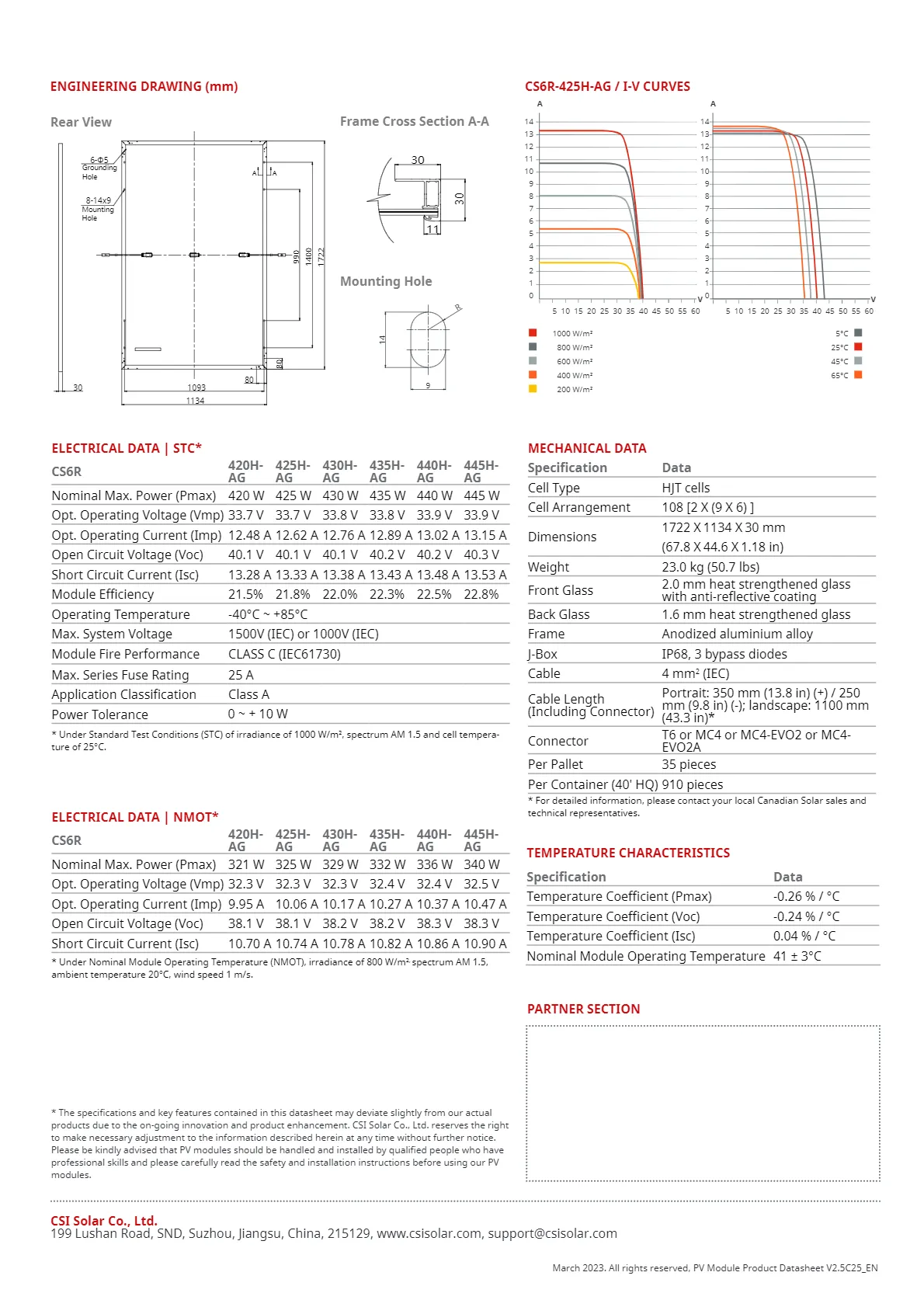Innovative Transparent Solar Panels for Efficient Energy Capture and Aesthetic Integration
The Rise of Transparent Solar Panels A Sustainable Revolution
In recent years, the quest for sustainable energy solutions has led to remarkable innovations, one of the most intriguing being transparent solar panels. These innovative devices promise to transform how we harness solar energy, integrating seamlessly into buildings and urban infrastructure without compromising aesthetic appeal. As the world grapples with the pressing challenges of climate change and energy consumption, transparent solar panels may hold the key to a greener future.
Transparent solar panels, also known as translucent solar panels, are designed to capture sunlight while remaining nearly invisible to the naked eye. This groundbreaking technology allows surfaces like windows, glass façades, and even mobile devices to generate electricity without obstructing visibility. The potential applications are vast, from powering homes and offices to enhancing the functionality of everyday objects.
The core technology behind translucent solar panels involves the use of organic photovoltaic materials or specially designed nanomaterials that can absorb specific wavelengths of light. By filtering out ultraviolet and infrared light—wavelengths that are not visible but carry energy—these panels convert them into usable electricity. This selective absorption enables the panels to remain clear while still performing their primary function of energy generation.
One of the most significant benefits of transparent solar panels is their ability to maximize surface area for energy collection in urban environments. Traditionally, solar panels have been bulky and visually intrusive, which has led to resistance in their adoption, especially in densely populated areas where aesthetics are a concern. Transparent panels address this issue by allowing sunlight to penetrate windows and glass walls while contributing to a building's energy needs.
transparent solar panels

Moreover, transparent solar panels can be a game changer for retrofitting existing buildings. Rather than replacing roofs solely for solar solutions, property owners can integrate solar technology directly into their windows and façades. This makes it easier and more cost-effective to reduce a building's carbon footprint and achieve energy efficiency goals.
The implications of this technology extend beyond residential and commercial buildings. Transparent solar panels could also be employed in vehicles, such as cars and buses, to harness energy while providing visibility for passengers and drivers alike. The development of solar windows for cars could lead to a significant increase in electric vehicle range without the need for larger battery systems.
Despite the promising advances in transparent solar technology, challenges remain. The efficiency levels of these panels are currently lower than traditional solar panels, and ongoing research aims to enhance their energy conversion rates. Additionally, the manufacturing processes need refinement to ensure affordability and scalability. However, as technological advancements progress, the vision of a world where every building, vehicle, and device can contribute to energy generation becomes increasingly attainable.
In conclusion, transparent solar panels represent a transformative shift in renewable energy technology. By blending functionality with design, they pave the way for more sustainable urban environments and could significantly accelerate the transition away from fossil fuels. As society looks to combat climate change and promote energy efficiency, transparent solar panels offer a glimpse into a future where energy generation is as unobtrusive as it is effective, lighting the path toward a more sustainable and environmentally friendly world. The journey to fully realize their potential is still underway, but the prospects are undoubtedly promising, and the implications for our cities and lifestyles could be profound.
-
String Solar Inverter: The High-Efficiency Solution for Smart Solar EnergyNewsJul.14,2025
-
Revolutionizing Rooftop Energy with the Power of the Micro Solar InverterNewsJul.14,2025
-
Power Independence with Smart Off Grid Solar Inverter SolutionsNewsJul.14,2025
-
On Grid Solar Inverter: Powering the Future with Smart Grid IntegrationNewsJul.14,2025
-
Monocrystalline Solar Panels: High-Efficiency Power for the Future of Clean EnergyNewsJul.14,2025
-
Bifacial Solar Panel: A Smarter Investment for Next-Generation Energy SystemsNewsJul.14,2025







